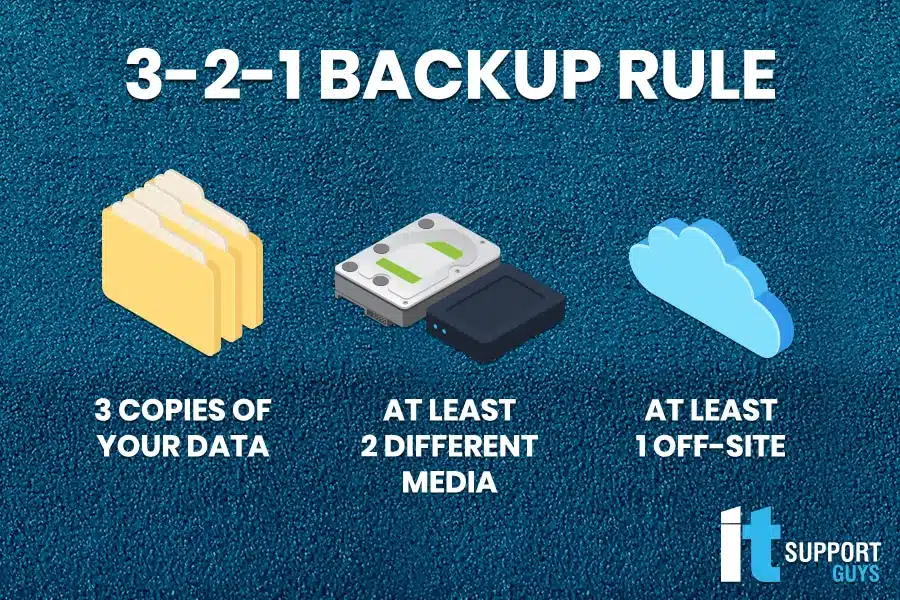Having a business continuity plan is an incredibly vital part of running a company. However, it’s easy for many small and medium-sized businesses to underestimate just how important it can be — until it is.
According to a study from IBM and Forbes, only 42% of executives are confident that their organization could recover from a major disaster. What’s more, in 2020, after many companies experienced the disruption of the COVID-19 pandemic, 51% of companies were found to be unprepared, according to the consulting firm Mercer.
To be sure, business continuity is something that must be planned for, practiced consistently, and updated as needed. As you embrace this mindset, here are three best practices that are particularly critical to understand and keep in mind, no matter the type of incident.
1. Have a Plan for Each Department
Business continuity is not just for your IT infrastructure. It’s for your entire organization. Each member of your team needs to have a say in the plans, because gathering input from everyone ensures that you have the best information available to develop a plan that enables everyone to get back to work as soon as possible.
By considering each department’s specific needs, businesses can make sure that all critical data is included in the company’s backups. Additionally, all their operational processes should be documented so that each team can return to 100% functionality as soon as possible.
As a part of your continuity plan, each department should also have three points of contact within the organization that can be alerted in the case of a disruption.
2. Practice Often
Practice makes perfect, and if your plan isn’t tested regularly, the chances increase that your business continuity plan won’t work when it’s really needed.
Among other factors, when you practice for worst-case scenarios, you’ll ensure that your business will be able to recover in the event of a disaster. Simply knowing that you can recover is not enough, as it is important to know if you can recover quickly enough to meet your business’s recovery objectives.
Moreover, practicing gets everyone on your team comfortable with the role they play in the business continuity plan.
Finally, as you continue to work on the process, you’ll be able to identify areas of improvement and continually hone the entire business continuity plan.
3. The 3-2-1 Data Backup Rule
A business continuity plan isn’t complete without data backup and disaster recovery. It’s perhaps the most important aspect of putting the plan together. For this reason, you’ll want to have your data backed up regularly and automatically.
Manual backups can be subject to user error that can put data at risk. As a result, you need to be sure to have a backup for that, too.
One way to ensure this risk doesn’t happen is by following the 3-2-1 rule:
3. You should have three backups of your data at the very least.
2. Two of these should be stored on various types of media, such as a server, external hard drive or USB drive.
1. One of these should be stored off-site, like in the cloud or at a secure data center.
Consider using automated, regular backups that send true copies of your data to each of your designated storage types. By using these methods, in the case that one of your data backups is destroyed or corrupt, it won’t significantly disrupt your business (or continuity plan). Additionally, having a completely offline, air-gapped backup will protect your business from ransomware.
The Big Picture
A robust continuity plan can be the difference between a business landing back on its feet in minutes or closing its doors for good. Continuity should always include departmental planning, practice, and backup in multiple locations. Taking the time to keep a proactive plan will ultimately save time when it is needed most.
IT Support Guys can help your business build a business continuity plan specifically designed to suit the needs of your organization. Find out more about our backup and disaster recovery services or reach out to us at 855-448-4897.





